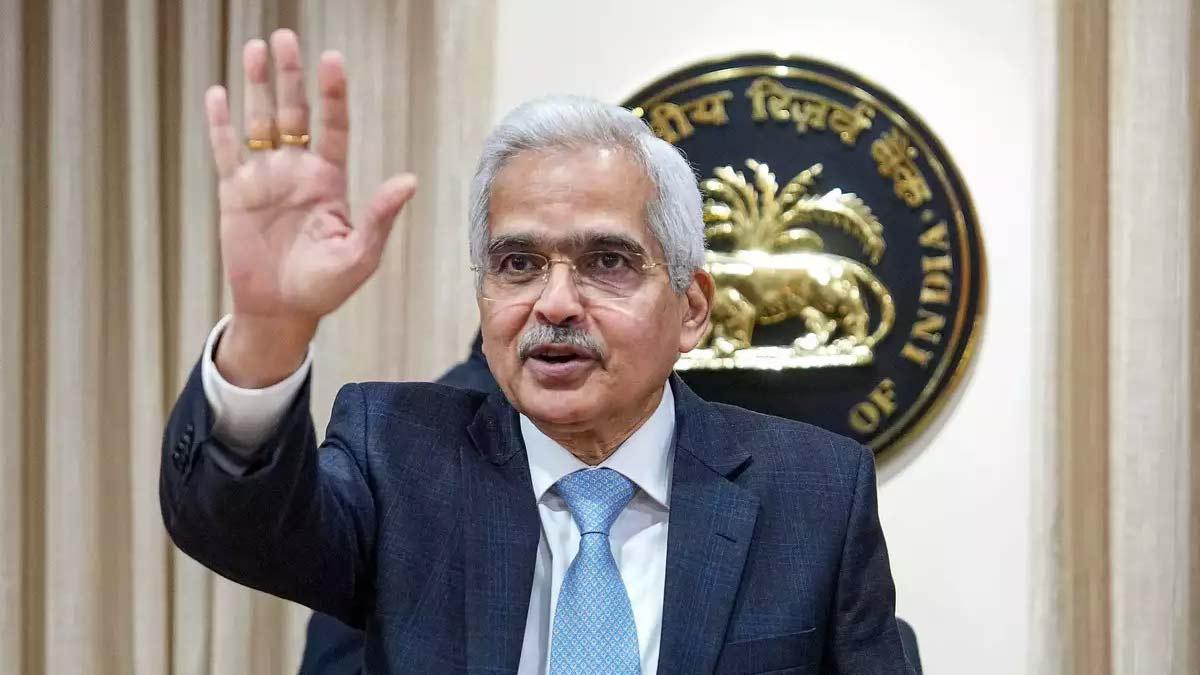Foreign exchange reserves of India jumped by US $4.55 billion to $674.7 billion in the week ended August 16, the latest figures released by the Reserve Bank of India on Friday showed. On August 2, the forex kitty had hit a lifetime high of $674.9 billion after which it dropped by $4.8 billion to $670.1 billion for the week ended August 9.
In the week ended August 16, foreign currency assets, a major component of the reserves, increased by $3.6 billion to $591.6 billion, the RBI data showed.
Gold reserves increased by $865 million to $60.1 billion during the week, the RBI said.
The Special Drawing Rights (SDRs) were up by $60 million to $18.3 billion. India's reserve position with the IMF was up by $12 million to $4.65 billion during the week.
A higher foreign exchange reserve mirrors strong fundamentals of the economy and gives more room to the RBI in stabilizing the rupee when it becomes volatile. A strong forex kitty may also provide the RBI headroom to intervene in the spot and forward dollar markets by releasing more greenbacks to prevent the rupee from going into a free fall. On the other hand, a falling forex kitty leaves the RBI with less room to intervene in the market to prop up the rupee.
RBI Governor Shaktikanta Das had announced on August 8 that due to the country's foreign exchange reserves touching an all-time high of $675 billion as of August 2, India's external sector has remained resilient, with key indicators continuing to improve.
"We remain confident of meeting our external financing requirements comfortably," he said.
He further mentioned that the current account deficit of India has moderated to 0.7 percent of GDP during 2023-24 from 2 percent of GDP during 2022-23, mainly due to lower trade deficit and robust services and remittances receipts.
Merchandise trade deficit, he added, has further widened in Q1:2024-25 on account of faster growth in imports vis-à-vis exports.
He further said that an impetus in services exports and strong remittance inflows are likely to keep the CAD within sustainable levels in Q1:2024-25. "We do expect the CAD to remain eminently manageable during the current financial year," he stated.
Read also| RBI Governor Urges Banks to Address Disparity Between Credit and Deposit Growth
Read also| Indian economy is on upswing, says Finance Ministry


















